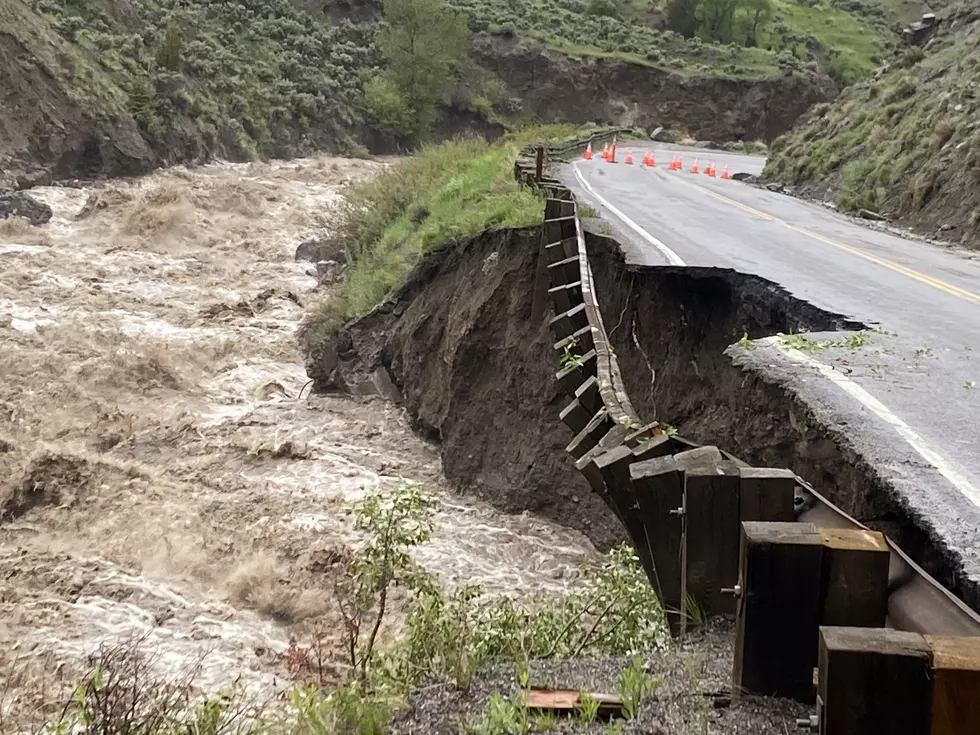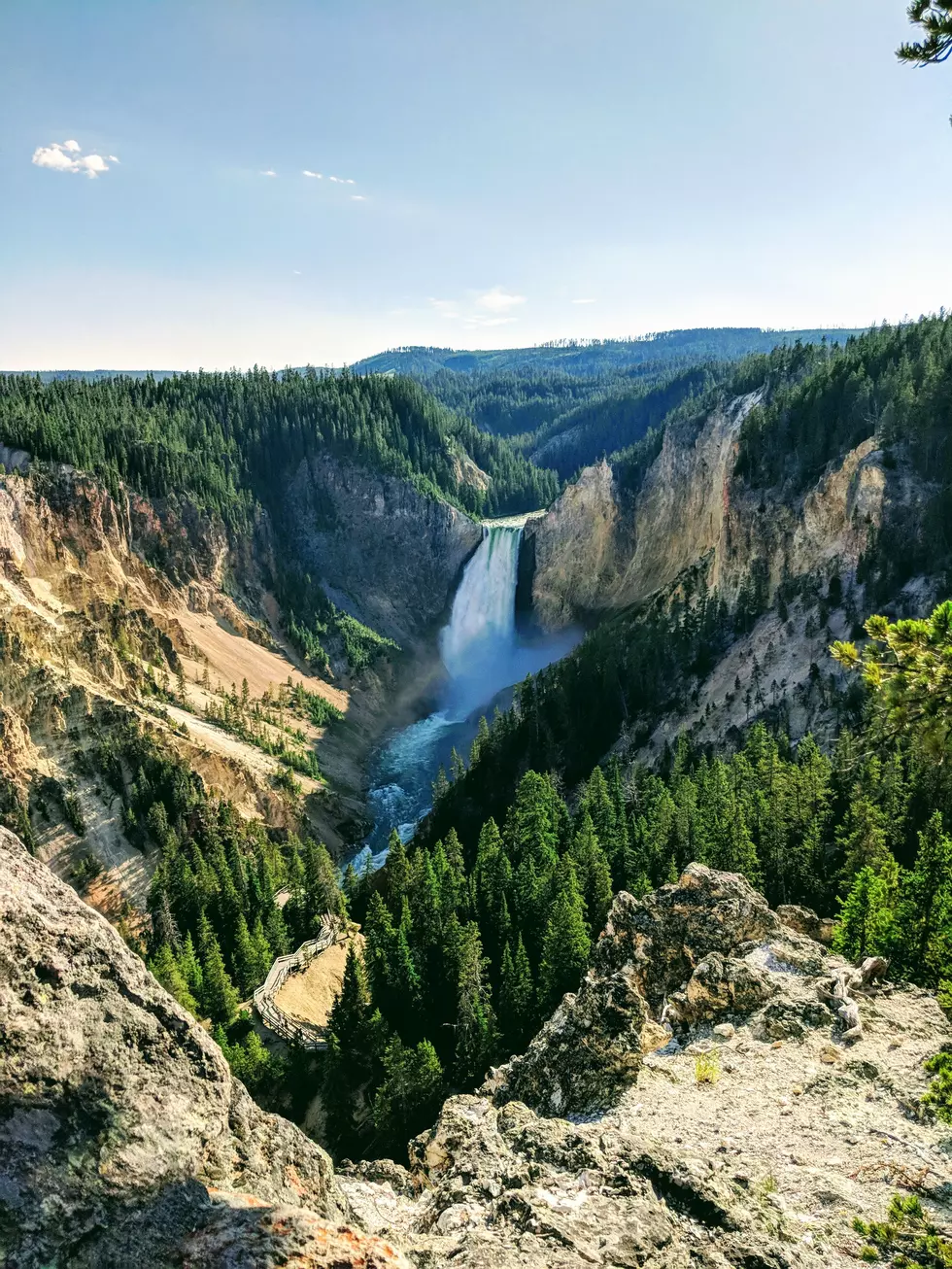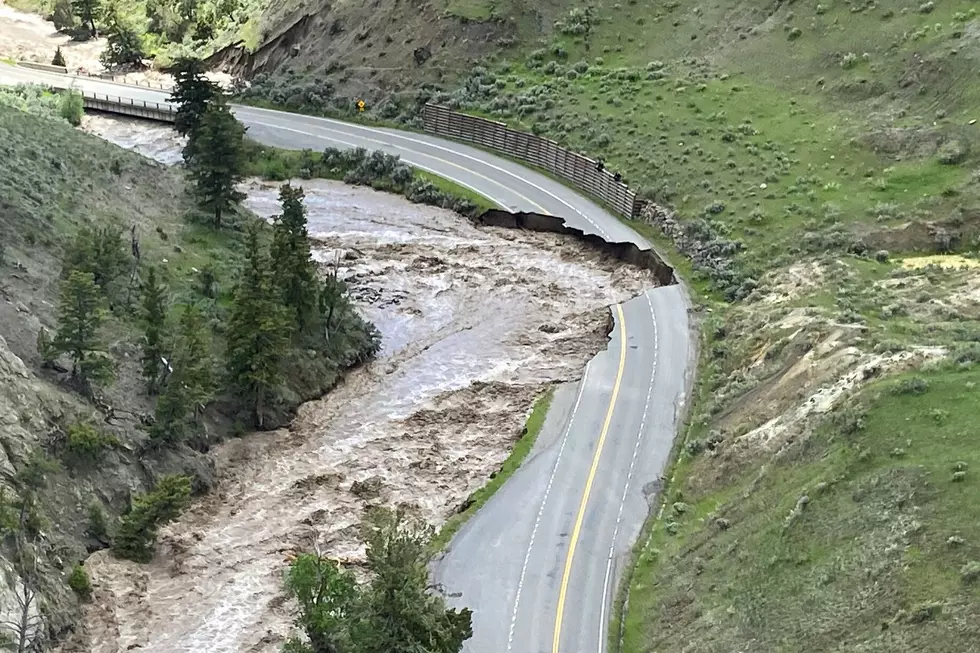
Destructive Flooding Forces All Yellowstone Park Entrances Closed
Update 6/13/22 2:29pm: According to the Public Affairs Office of Yellowstone National Park, "Effective immediately, there will be no inbound visitor traffic at any of the five entrances into Yellowstone National Park on Tuesday, June 14, and Wednesday, June 15, at a minimum."
Original Story
Let's face it, so much of our region of the world is in much need of moisture. Montana and surrounding areas have been suffering from drought for some time now. We pray for wet weather to keep our state from drying up. But, it looks like we have been praying extra hard lately. The cooler spring temperatures and wet weather have quickly developed into an abundance of water. Some would say a little too much.
News of catastrophic flooding near one of the "gates to Yellowstone park," Red Lodge, broke this morning. Videos surfaced online showing flood waters flowing down Broadway Street in Red Lodge. Waters are so rapid and high that they continue to wash out roads and bridges in their path.
The flooding in Red Lodge has even warranted a rescue operation for over 60 people stranded. Miners at the Stillwater Mine near Nye are currently being rescued after the flood waters washed away the road leading to the mine.
The flooding is also taking its toll on Yellowstone National Park. The NPS recently announced that ALL entrances to the park will be closed until further notice. The flooding has managed to wash out roads and bridges in the park, not to mention the hazardous rock slides and other issues involving the large amounts of water.
Superintendent Cam Sholly provided the following statement regarding the temporary closure:
"Due to record flooding events in the park and more precipitation in the forecast, we have made the decision to close Yellowstone to all inbound visitation," said superintendent Cam Sholly. "Our first priority has been to evacuate the northern section of the park where we have multiple road and bridge failures, mudslides and other issues. The community of Gardiner is currently isolated, and we are working with the county and State of Montana to provide necessary support to residents, who are currently without water and power in some areas. Due to predictions of higher flood levels in areas of the park’s southern loop, in addition to concerns with water and wastewater systems, we will begin to move visitors in the southern loop out of the park later today in coordination with our in-park business partners. We will not know timing of the park’s reopening until flood waters subside and we're able to assess the damage throughout the park. It is likely that the northern loop will be closed for a substantial amount of time. I appreciate the efforts of the Yellowstone team and partners to safely evacuate areas of the park and of our gateway community partners who are helping us through this major event. We appreciate the support offered by the Department of Interior, National Park Service and the Montana and Wyoming governors."
Additionally, according to the National Parks Service:
Preliminary assessments show multiple sections of roads throughout the park have been either washed out or covered in mud or rocks, and multiple bridges may be affected.
Multiple roads in the southern portion of the park are also on the verge of being flooded, further restricting access.
With additional rainfall forecasted, the park does not want large numbers of day-use visitors stranded in the park.
The area surrounding Yellowstone Park is expecting more rainfall over the next few days. Meaning anyone planning a trip to the park should check for weather updates before leaving as the park may remain closed until conditions improve.
(The following video includes some NSFW language.)
LOOK: The most expensive weather and climate disasters in recent decades
LOOK: The most extreme temperatures in the history of every state
More From 96.9 Zoo FM






